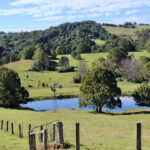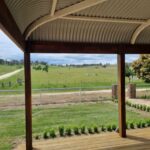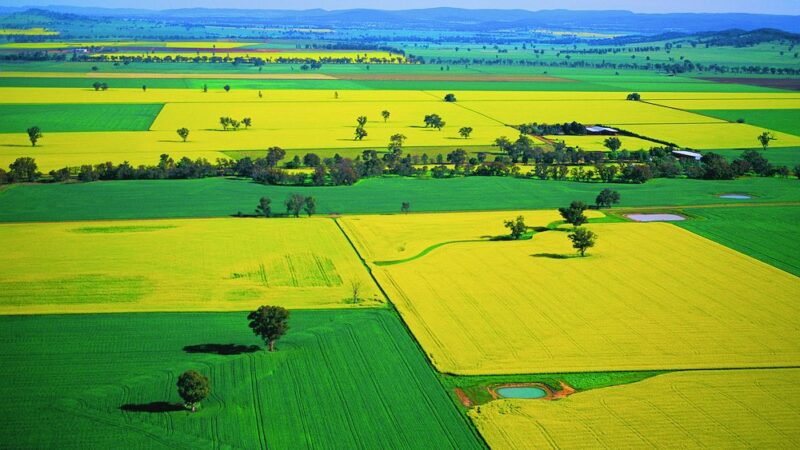Farmers worry that the new water review run by the NSW Government could mean damaging…
NSW Farmers demand clarity on Federal water buyback scheme as concerns rise
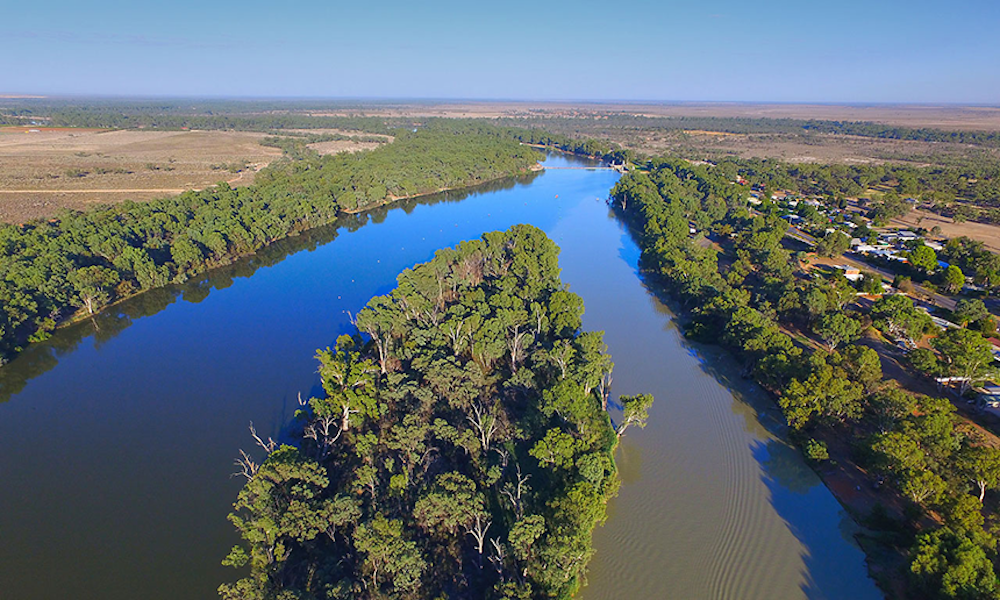
The Federal Government’s recent water buyback scheme in the Murray-Darling Basin stirs debate, with calls for transparency and questions about its impact on farming and the environment.
NSW Farmers are highly concerned about the Federal Government�s water buyback scheme in the Murray-Darling Basin, calling for a focus on alternatives while demanding greater transparency and clarification on the buyback process and its outcomes.
It came after Federal Water Minister Tanya Plibersek announced the completion of the first Commonwealth water buybacks in the Murray-Darling Basin since 2020.
These buybacks meant more than 26 gigalitres of water that normally would be used for farming would now stay in the rivers.
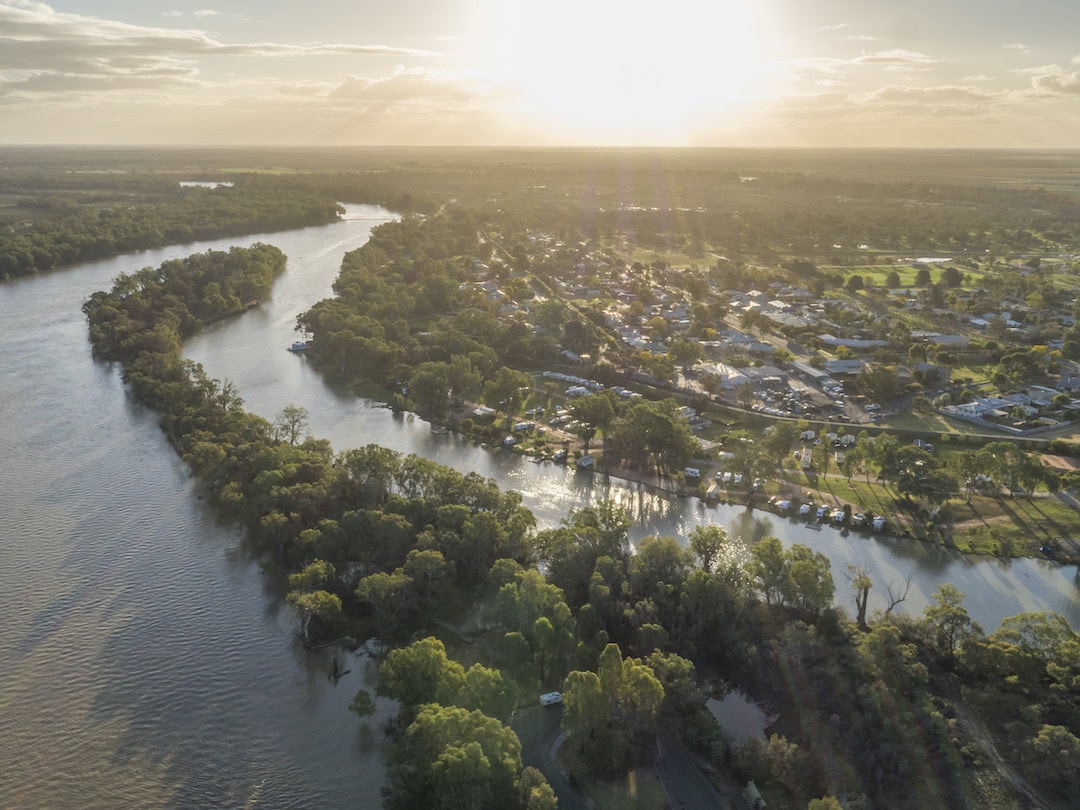
The buybacks were agreed to via a tender to recover 43 gigalitres of water from NSW and Queensland. The voluntary buybacks represented a one-off payment by the government to access 26.25 gigalitres of water each year (described by the government as being the equivalent of 10,500 Olympic-size swimming pools).
Ms Plibersek said the �contractual processes are still underway� and the government would continue to work with the NSW and QLD governments to find the remaining 18.05 gigalitres to meet the target.
In a statement, Ms Plibersek described the tender result as showing an “appetite from local communities to participate in voluntary water purchase, especially in the southern Murray-Darling Basin, where the bulk of remaining water recovery is needed”.
“In fact, in some areas more than double the offers were received than what was required,” she said.
But NSW Farmers Water Taskforce Chair Richard Bootle said there was no information about how many farmers, or water licence holders, had sold water and at what price.
�The government said it was oversubscribed two to one, so we need to ask them why they announced there was twice as much water? It was basically an open tender so it�s nonsense to say it was over-subscribed,� Mr Bootle said.
�We need answers. Why didn�t the government acquire the water they said they would? I think the only conclusion would be that the other water offered in that over-subscription was offered at outrageously high prices and they were already paying 15-20 per cent above market.�
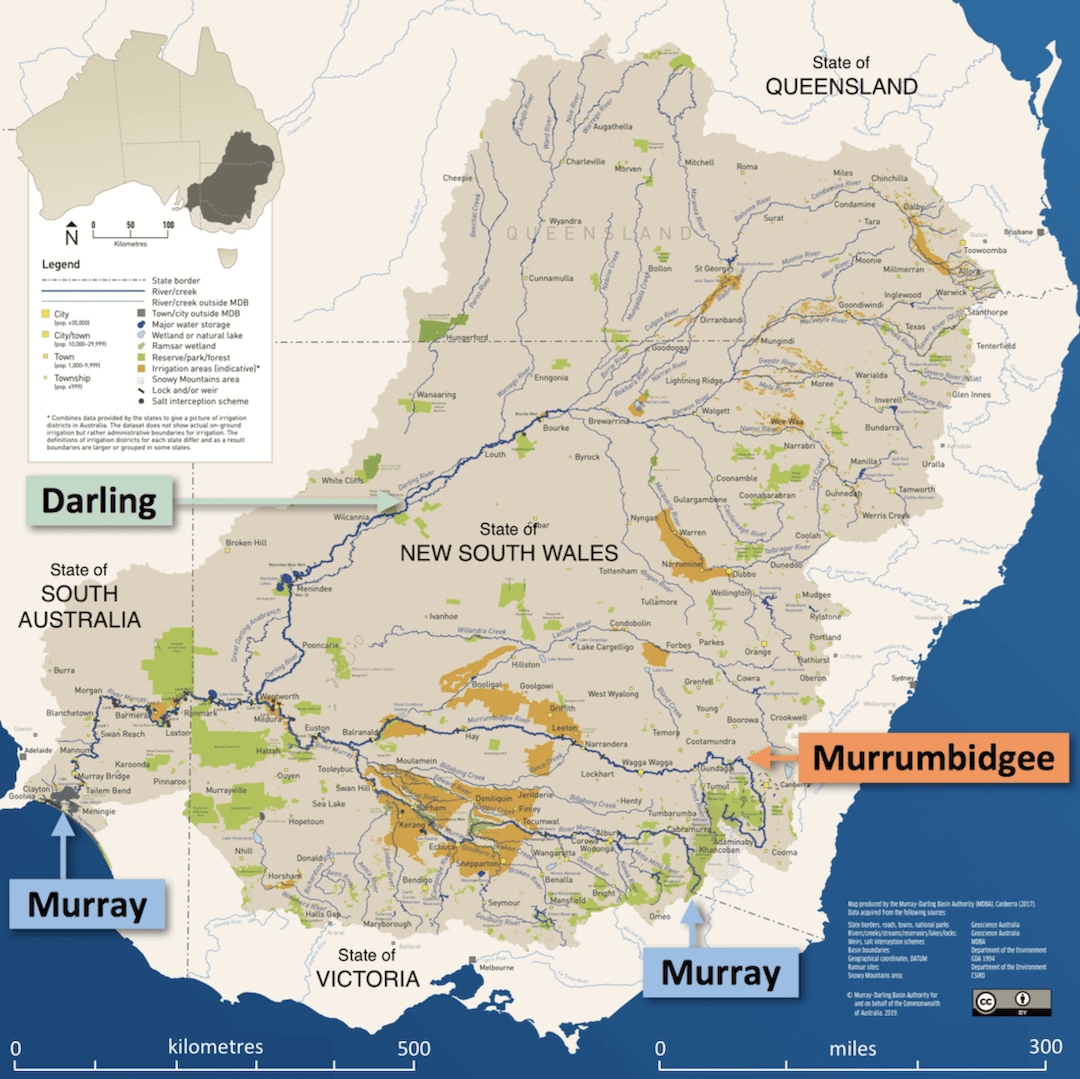
Under legislation that was updated late last year, another 450 gigalitres of water had to be found for the environment by 2027. This legislation extended by two years the 2024 deadline for state-managed water-saving projects that were to recover 605 gigalitres for the environment (these projects are currently falling short by more than 300 gigalitres).
Ms Plibersek claimed the buybacks were just “one tool in the box to recover water”.
“Through these willing sellers, we will return water that is desperately needed to restore our rivers and support the plants, animals and communities that rely on it,” Ms Plibersek said.
Over the past 10 years, more than 2100 gigalitres of water per year had been committed to the environment; mostly from farming across the basin.
Mr Bootle said the government owed farmers a solid explanation and, moving forward, continued transparency.
�We absolutely need an explanation. There�s no river health that anyone can point to that requires desperately large amounts of new water. Since the original purchase program, we�ve had more environmental water now than what they can currently deliver, due to constraints in the river system such as towns that we don�t want to be flooded,� Mr Bootle said.
�We can certainly speculate that obviously the rest of the water that was offered, was offered at completely untenable prices � not that 20 per cent above market is sustainable anyway. Obviously every megalitre that is purchased comes at a cost to farmers, and costs to food production, which just makes water more expensive and, in turn, means food becomes more expensive.�
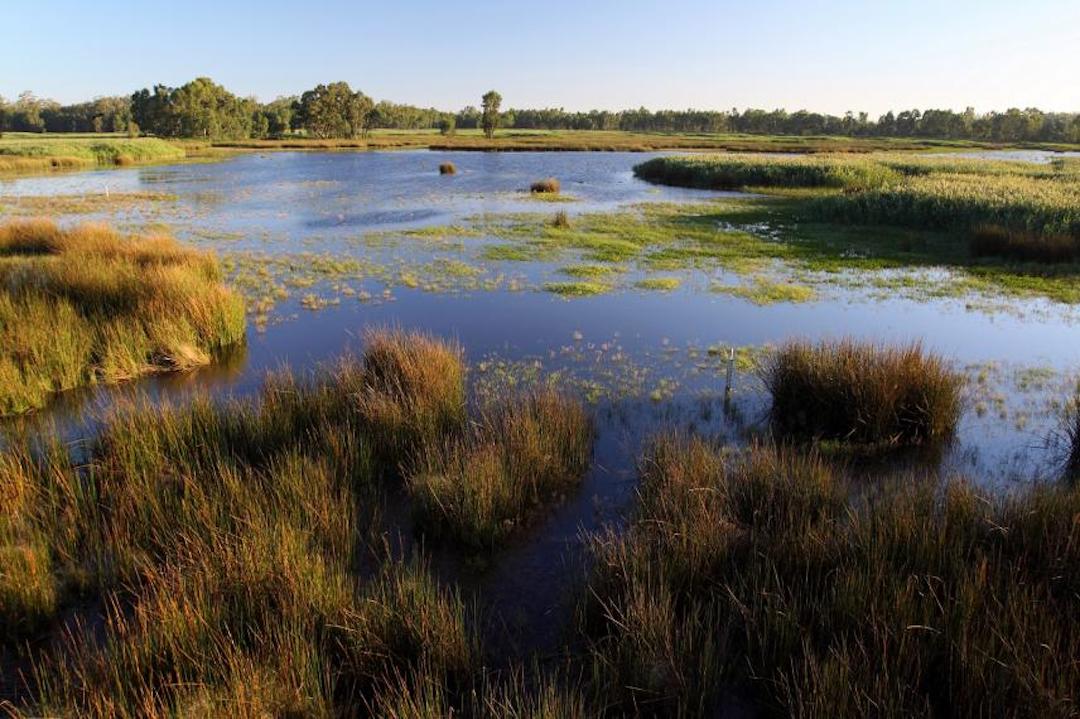
Shadow Water Minister Perin Davey said the announcement that only 60 per cent of the target volume had been purchased through last year�s tender must be an embarrassment for the Albanese government after claiming that many farmers were willing to sell their water.
�After crowing in October how successful the tender has been, the Minister should come clean and tell us why they could only recover a fraction of their target?� Senator Davey said.
�Spin it whatever way you want, the announcement shows that it is not that easy to recover water. Further water recovery is going to come at increased costs to both the government and communities.�
Mr Bootle said initially, the federal government had promised to be completely transparent.
�So now is the time to release the relevant information so we know exactly what has happened and what the next plan is because we are pretty much in the dark right now,� Mr Bootle said.
To learn more about the impacts of water buybacks in the Murray-Daring Basin, click here.


